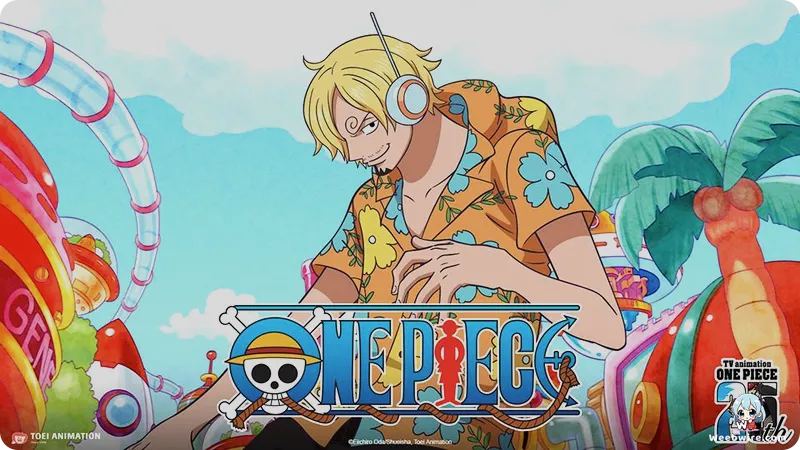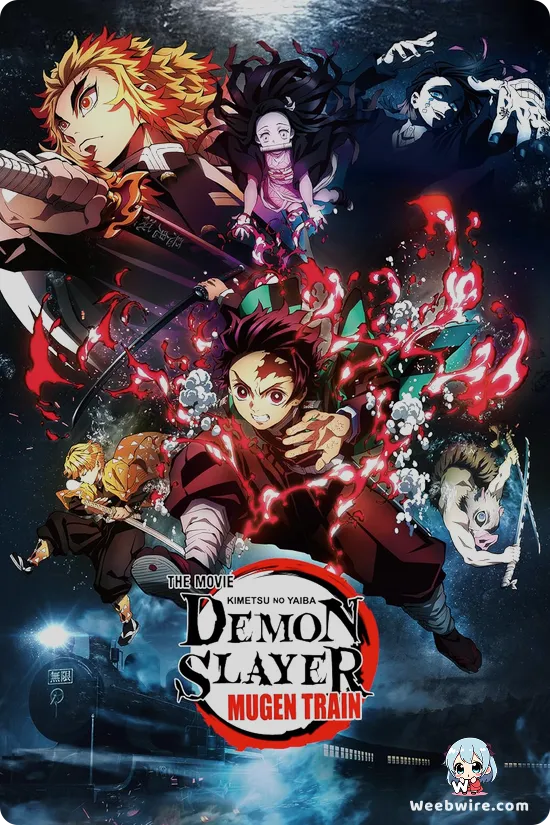One Piece's Jolly Roger: Anime Icon Becomes Global Symbol of Youth Dissent in Protests

The iconic Jolly Roger flag of the Straw Hat Pirates, a revered emblem from the globally celebrated anime and manga phenomenon One Piece, has dramatically leapt from its fictional high seas adventures into the tumultuous currents of real-world political dissent. What began as an intriguing sight at Indonesian protests has swiftly evolved into a potent banner of youth resistance, unfurling across battlegrounds of activism in Nepal, the Philippines, and France. It has become a ubiquitous symbol among Gen Z and young activists worldwide.
This powerful visual, instantly recognizable to millions, now spearheads movements against entrenched corruption, governmental missteps, and pervasive social injustice. It demonstrates the profound way popular culture can inspire real-world action and galvanize collective identity.
The Jolly Roger in Nepal's Protests
In Nepal, the Jolly Roger was a striking beacon during the pivotal 2025 Generation Z protests. These demonstrations were ignited by a controversial government ban on popular social media platforms and a simmering public fury over rampant corruption and the egregious misallocation of public funds. The One Piece flag flew high above the throngs of protestors, its symbolism resonating profoundly with the demonstrators.

It mirrored the rebellious spirit, unwavering quest for freedom, and pursuit of justice embodied by Monkey D. Luffy and his intrepid crew. For many, the flag became a tangible rallying cry for transparency and accountability, a silent promise to challenge the status quo. The fervent protests ultimately contributed to significant political upheaval, including the resignation of Prime Minister K. P. Sharma Oli and the subsequent establishment of an interim government, marking a victory for the youth-led movement.
Echoing this sentiment of defiance and solidarity, activists in the Philippines and France have also enthusiastically embraced the pirate flag. Its adoption serves as a powerful visual declaration of their collective resolve against oppressive structures, effectively unifying diverse protest movements under a common, albeit unexpected, banner of rebellion.
This remarkable cultural transfer, transforming a beloved anime icon into a global socio-political instrument, underscores the profound and expanding influence of Japanese pop culture on contemporary youth movements. One Piece, with its compelling narratives of camaraderie, freedom, and fighting for one's beliefs, is proving to be far more than mere entertainment; it is now a dynamic vessel for collective identity, fostering solidarity, and galvanizing a burgeoning global youth resistance against injustice.
Credits
One Piece
Author
Eiichiro Oda
Cover Art
Eiichiro Oda
Studio
Toei Animation
Publisher
Shueisha
Producers





